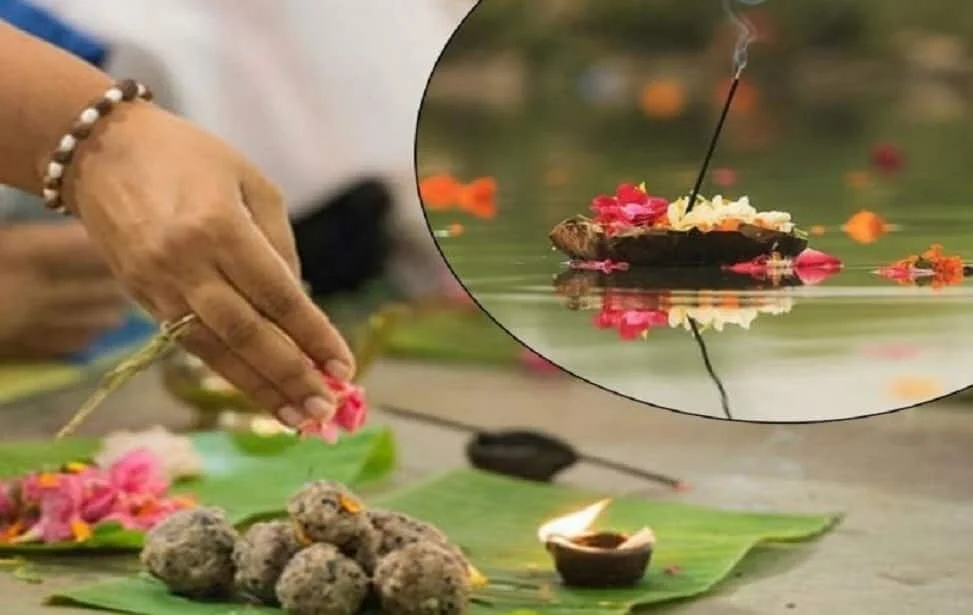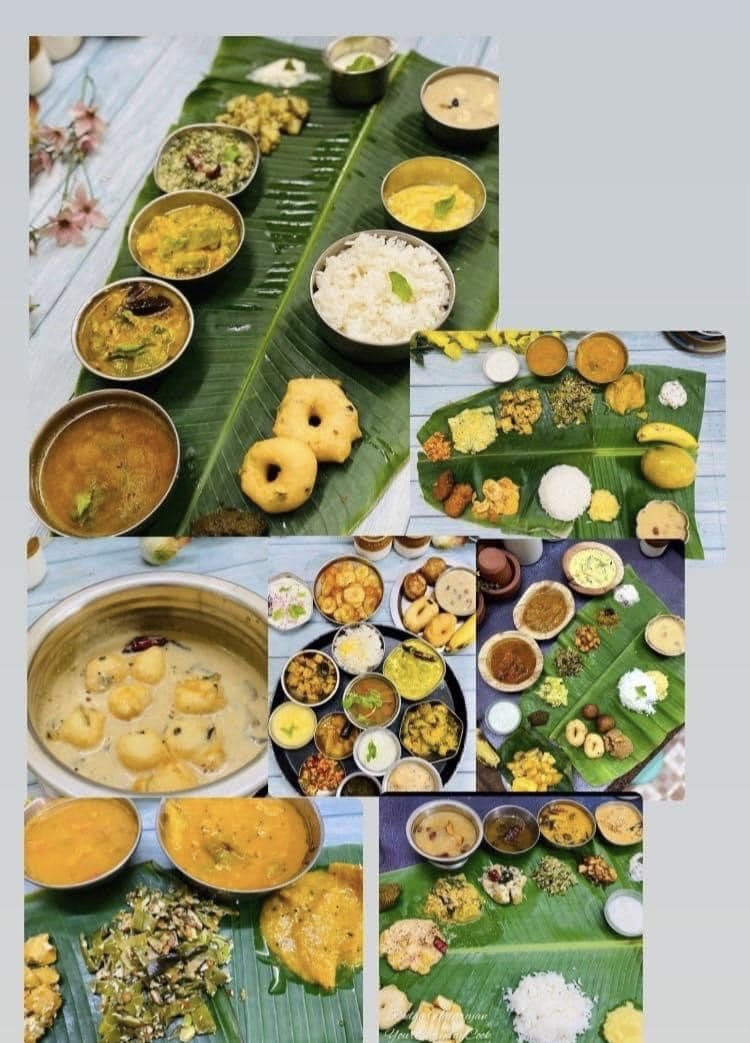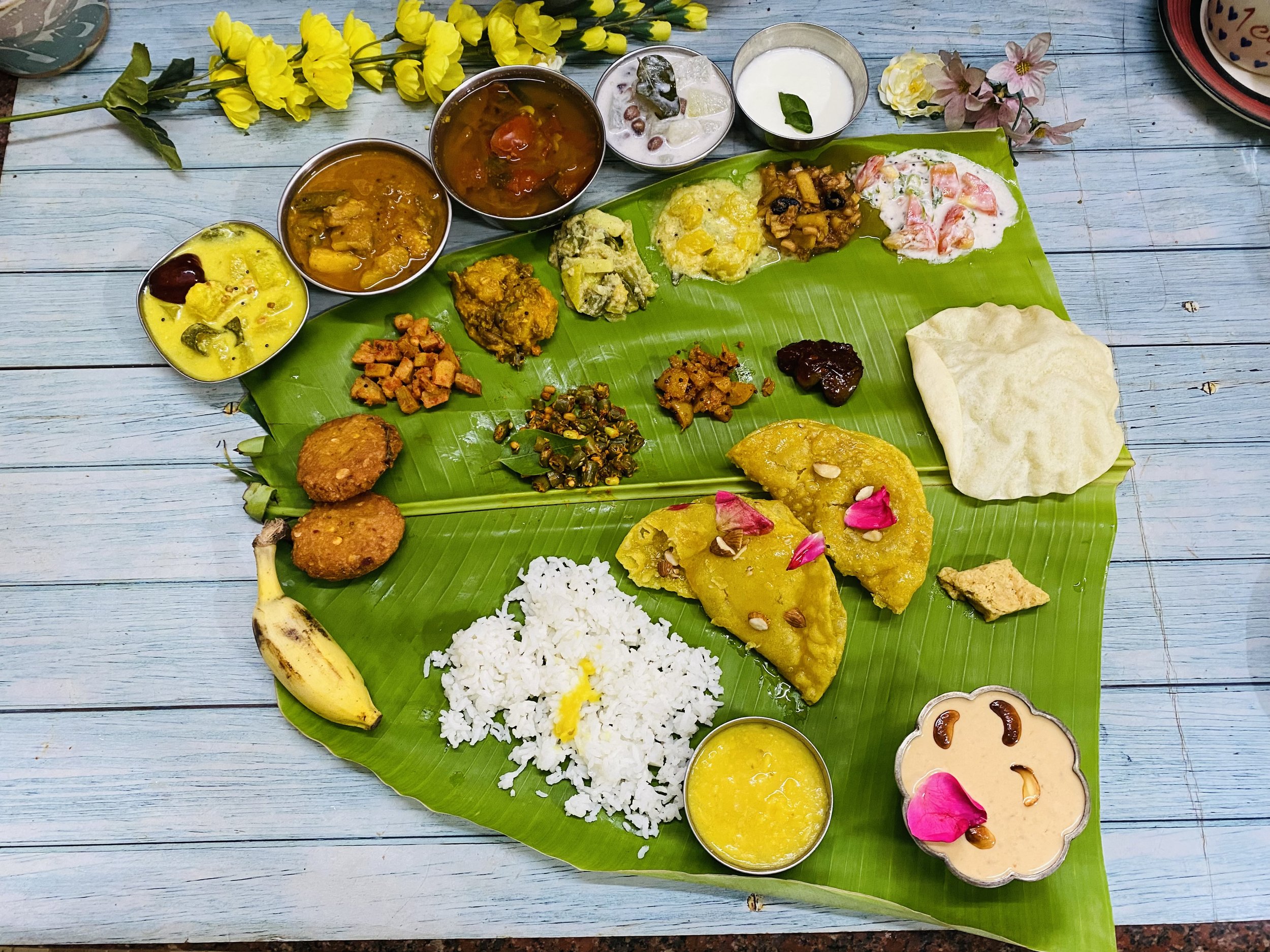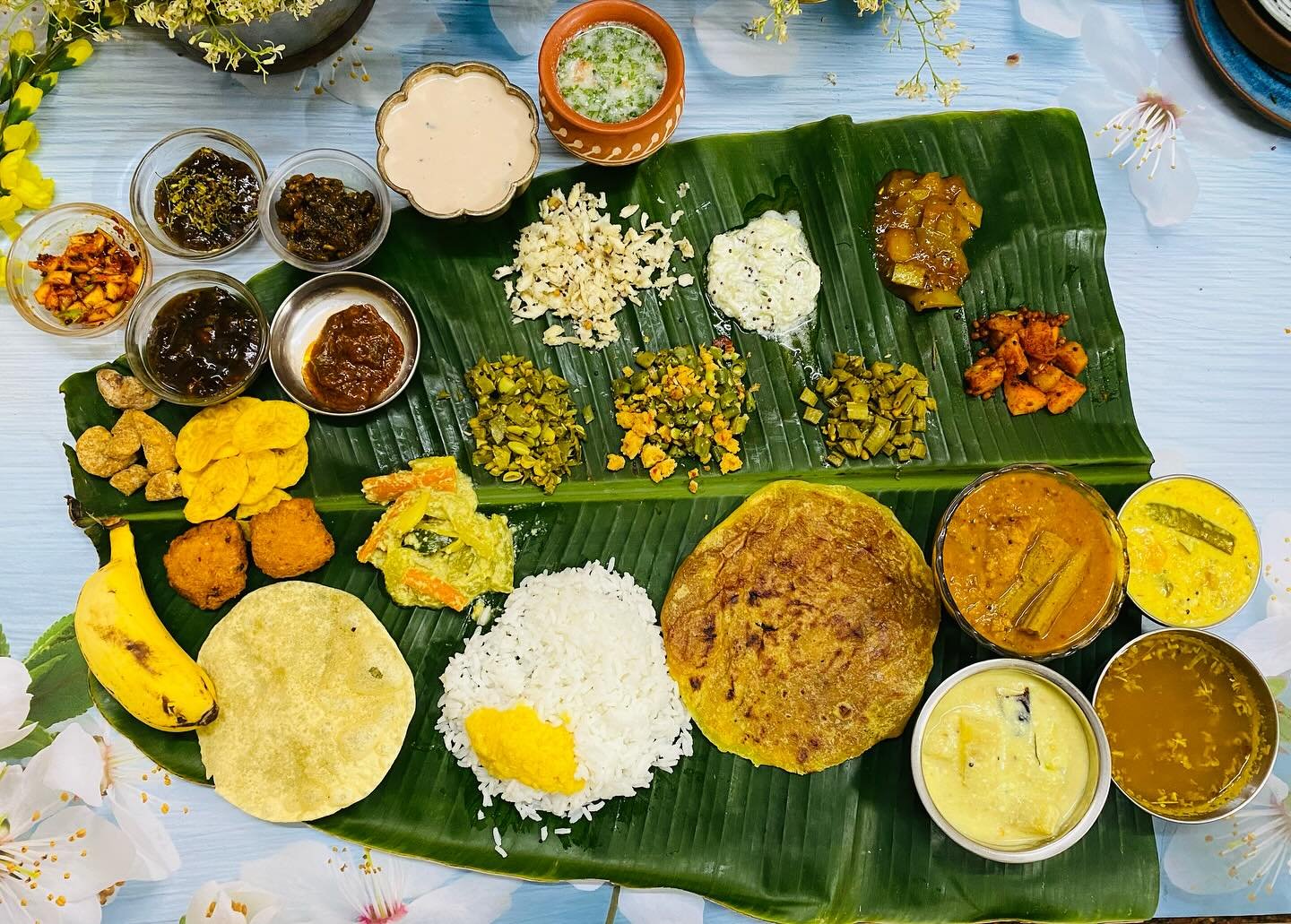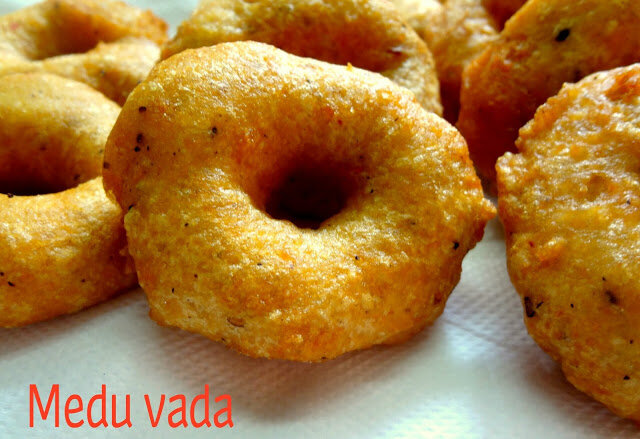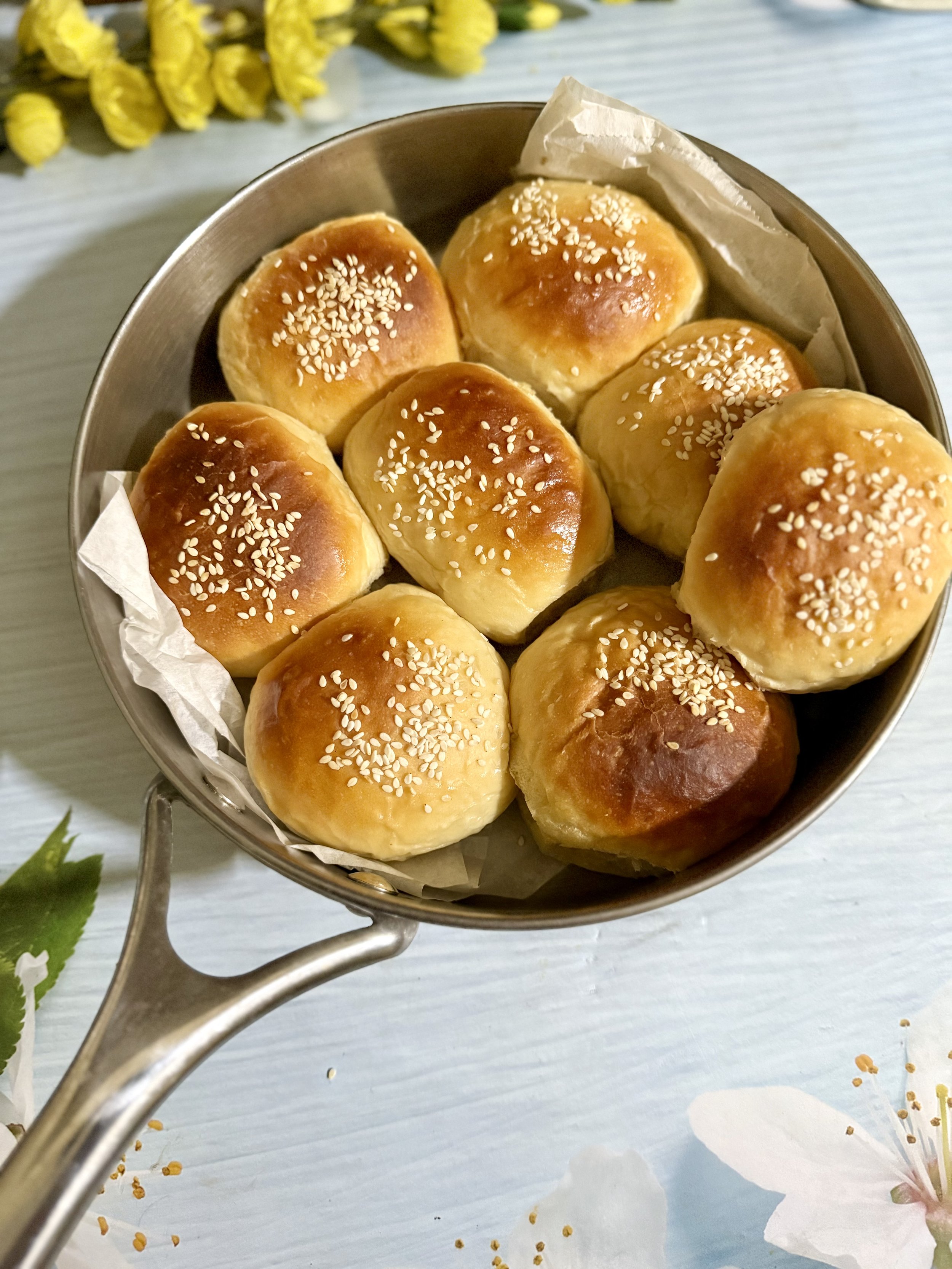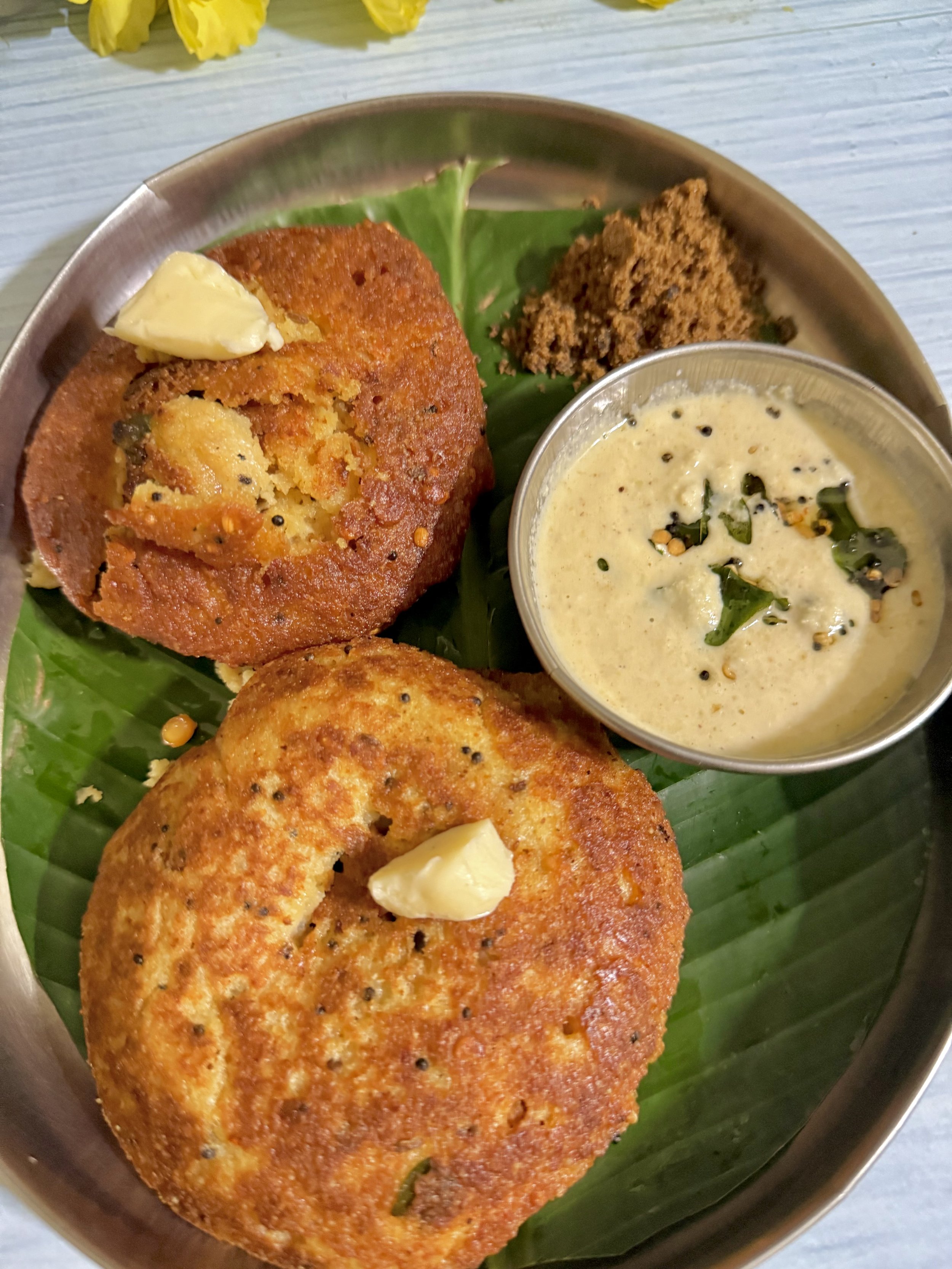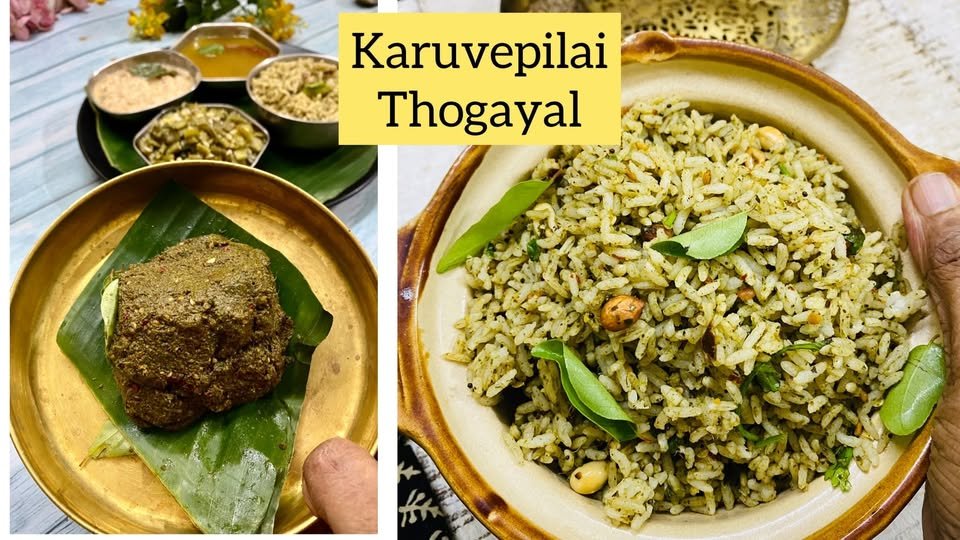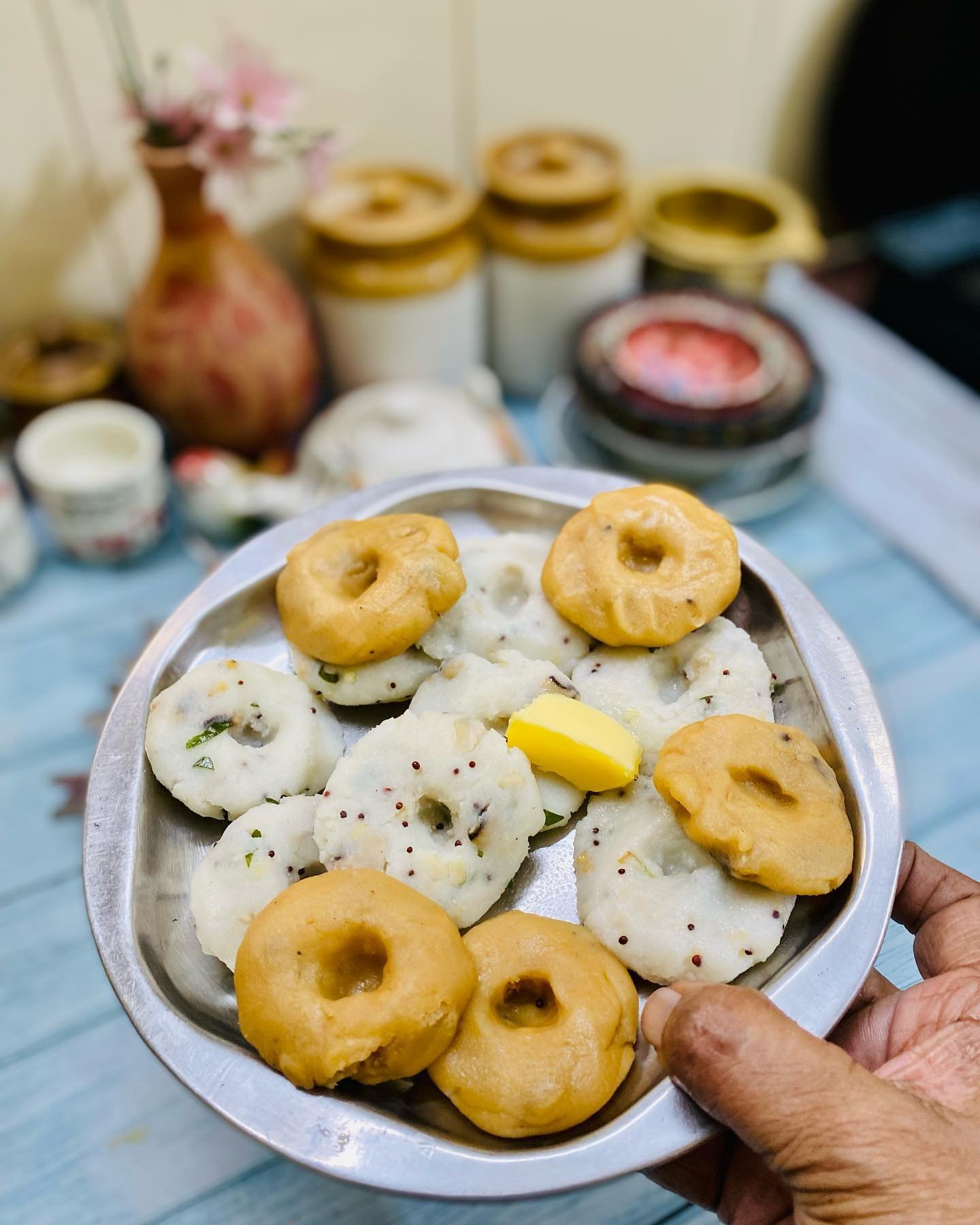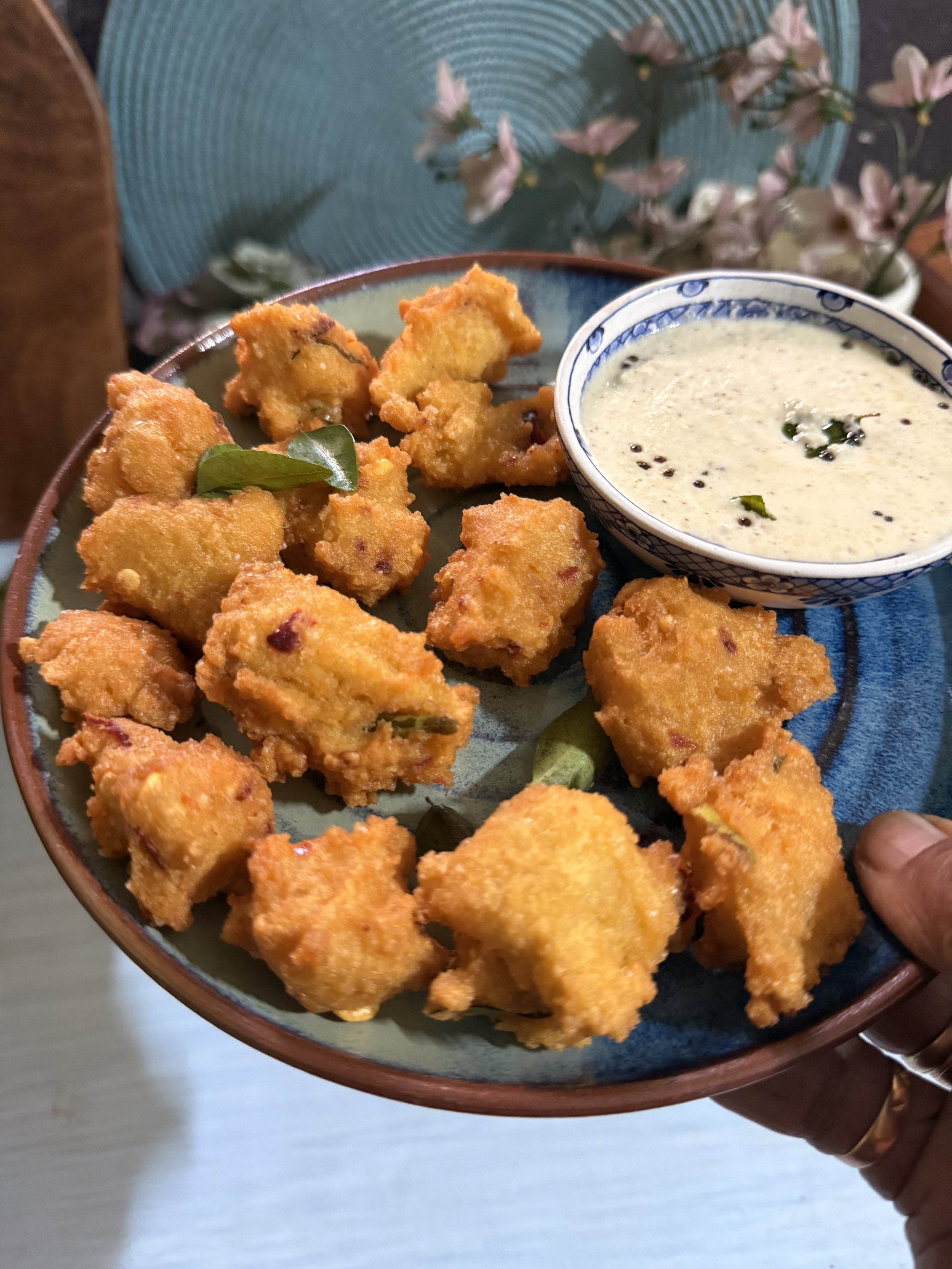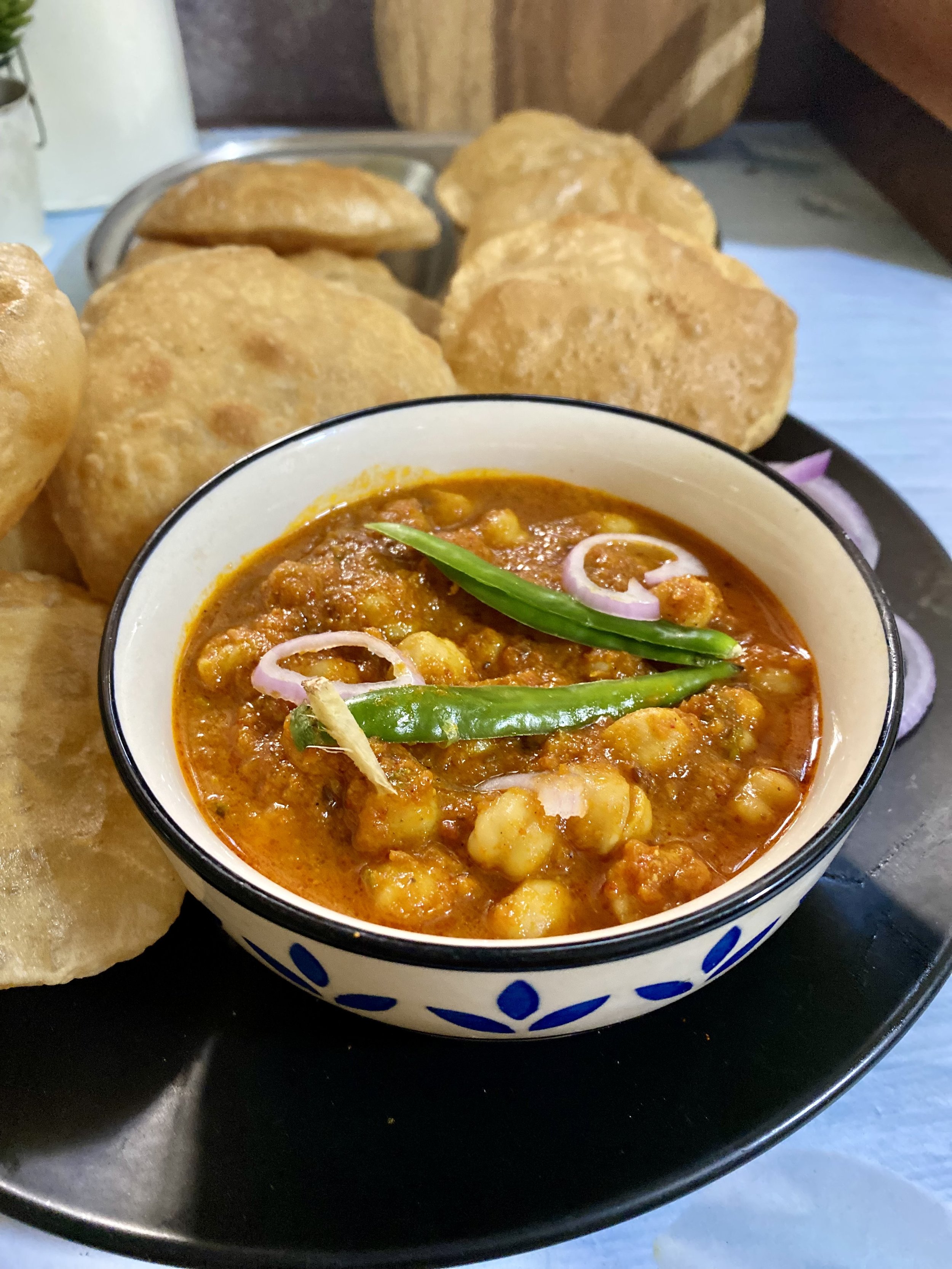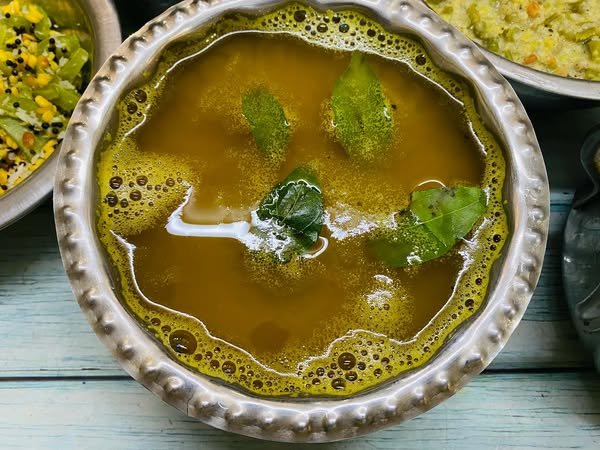Mahalaya Paksh | Pitru Paksh
Mahalaya paksh | Pitru Paksh
Mahalaya : Sept 18- Oct -2 ( 2024)
The three new moons, Thai Amavasai, Aadi Amavasai and Mahalaya Amavasai, are very special. The reason is that Aadi Amavasya is the time when the ancestors leave Pitruloka to see us. Mahalaya Amavasya is the time when pitrus stay with us and accept our Tarpanam and bless us. Thai Amavasai is the time when Pitrus blesses us and departs back to Pitruloka. Among these, Mahalaya Amavasya which falls in the month of Puratasi is unique to any other Amavasya.
The 15 days starting from Pournami in the month of Puratasi and ending with the new moon are known as Mahalaya Paksam. Mahalaya Paksam means 15 days for worshiping ancestors and paying due pitru debt to them. It is believed that during these 15 days our ancestors stay on earth with us. If you give tarpanam on other new moons, only those whose name you mention will accept the darpanam and give blessings. But if we offer Pitru tarpanam on Mahalaya Amavasi or Mahalaya Paksha, all our ancestors will come together and accept our tarpanam and give blessings.
In 2024, Pitru Paksha will start on Tuesday, September 18 and conclude on Wednesday, October 2. The commencement of the Purnima Tithi (Full Moon) marks the beginning of Pitru Paksha, and the end of the Amavasya Tithi (New Moon) signifies the end of Pitru Paksha. Mahalaya Amavasya 2024 is on October 02, WednesdayThis day also symbolizes the descent of Goddess Durga on Earth. This day is celebrated with the objective to pay honour and respect to the ancestors with immense devotion and fervour.
Since these 15 days are the time for pitrus, no special auspicious events take place .
The beginning of Mahalaya ....Pitru Paksha are the days to offer homage and perform rituals to our departed ancestors and time to make amends .
According to Brahmpurana, before worshiping the Gods, a man should worship his ancestors because it is believed that the Gods are pleased with that.Usually Navarathri begins immediately after Mahalaya Ammavasai .
What is Pitru Paksha ?
Pitru Paksha is a dark fortnight period in the lunar month of Bhadrapad which is dedicated to deceased ancestors. During this period deceased ancestors or family members are believed to transcend from Pitru Loka and visit their family homes. Just as a duty we serve our parents and relatives, similarly certain duties are also prescribed for them after their death. Shradh, Tarpan, Pind Daan and other rituals related to Pitru paksha makes a great opportunity to fulfill these duties, especially during the Pitru Paksha period.
These rites are also important because they help ancestors to get satisfied, gain momentum in their onwards journey to higher regions and provides them relief if they are stuck in inferior regions, cursed or stuck due to unfulfilled desire.
Mahalaya or Pitru paksha is a 15 days Lunar period when Hindus perform shradh rituals for their departed ancestors parents and relatives by offering food and performing tarpan or shradh ritual on river banks if possible Food is the main offering .
Our parents leave the world leaving behind the body which is made of five elements. They obtain a watery body and become PITRUS and also become the citizens of the kingdom Vaivasvata Aadi. There they will not be in a position to get the things they need for their very existence. Only under such circumstances they expect the assistance of their children. Yamadharma out of compassion for the PITRU DEVATAS, sends them to earth with an instruction to take food from their children.
The 15 days starting from Pournami in the month of Puratasi and ending with the new moon are known as Mahalaya Paksam. Mahalaya Paksam means 15 days for worshiping ancestors and paying due pitru debt to them. It is believed that during these 15 days our ancestors stay on earth with us. If you give tarpanam on other new moons, only those whose name you mention will accept the Tarpanam and give blessings. But if we offer Pitru tarpanam on Mahalaya Ammavasai or Mahalaya Paksha, all our ancestors will come together and accept our tarpanam and give blessings.
Pitru Paksha Shraddh at Gaya Kshetra is one of the popular Mukti Sthalas in India. Vishnupad Kshetra on the banks of Phalgu River . Devotees from all over visit Gaya Vishnupad Kshetra to perform these rites on the banks of Phalgu River.
When you perform Shraddh karya, Pind Daan at Gaya to your ancestors in Gaya Kshetra, Lord Vishnu showers benevolence for generations to come
Gokarna Kshetra is a beach-town in the confluence of rivers Gangavalli and Aghanashini in the Kumta taluk of Uttara Kannada district in Karnataka State. This also known as the Bhu-Kailasa, Southern Kashi and Rudrapada-Gaya of India.
It is widely believed that Mahalaya Pitru Paksha Shraddha (ancestral rites) performed at Gokarna gives mukthi to the departed soul and the best time to perform this is the Mahalaya Pitru Paksha.
Rameswaram situated in Tamil Nadu State is a popular Mukti Sthal for the Hindus performing ancestral rites (ceremonies) like VarshikSharddh , Masik Shraddhas, Mahalaya Amavasya Tarpanams or Mahalaya Pitru Paksha Shradh, Pind daan, Pitru Paksha Shradham , many other Shradh karmas. Dhanushkodi at Rameshwaram is also a place where Asthi Visarjan (last rites) is performed.
Srirangapatna is an ancient Teertha Kshetra on River Kaveri located in Mandya district of Karnataka state. Sri Ranganatha Swamy is the presiding deity here .
And is well known for Pitru Paksha Shraddh rituals , performed on the banks of river Kaveri for the departed near and dear ones .
Read more about importance of Mahalaya , Pitru Paksha , foods to avoid , foods that can be cooked , simple Mahalaya recipes and more.The period when Yamadharma allows them to this world is called MAHALAYA PAKSHA. Either to cleanse the place where PITRUS lived once or to consume the food offered by the children, PITRUS are sent to this world. The PITRUS fond of getting the six type of food eagerly come down. During the sixteen days the children would perform MAHALAYA SHRADDHA ceremony. The PITRUS feel as if they are part of a festival with their children. That is why this period is called MAHA AALAYAM i.e. Meaning great temple.
Mahalaya Amavasai and most important day and also called the sarva pitru shradh when the Shradh can be performed without looking at thithi or nakshatra
Mahalaya is also the beginning of the the advent of Godess Durga and as a countdown to Durga Pooja . It is believed that the Goddess Durga descends to earth with her family during this period hence most auspicious and pious.
Legend behind Mahalaya
It is believed that after the battle of Mahabharata Karna died and his soul transcended to heaven .
He was offered gold and jewellery as food . Karna was surprised and asked Indra the reason for this strange offering .
Lord Indra told Karna that as he had never offered food to his ancestors during his lifetime on earth he was receiving this treatment .
Karna said that he was not aware of his ancestors and asked to make amends for his actions . and so Indra sent him back to earth to make amends
Karna returned to earth for a 16 day period and this is the Pitru paksha month to perform shradh rituals and offer food to his ancestors .
This period is also called the first day of Devi paksha when the Godess begins her descent to earth and marks the beginning of the festival days ahead .
Mahalaya Amavasya marks the beginning of Navratri festivity, It is a special day dedicated to making an offering to express our gratitude to all the previous generations of people who have contributed to our life.
The Mahalaya Amavasya is the day that marks the culmination of the Pitru Paksha period and the beginning of the Devi Paksha. On this day, Shradh and Tarpan rituals are performed for those who breathed their last on the Purnima Tithi, Chaturdashi Tithi and Amavasya Tithi.
Moreover, it is also considered an ideal day for paying obeisance to all the departed souls in the family. People begin preparations to welcome the Goddess on the day of Mahalaya Amavasya although the Durga Puja celebrations last for days. It is believed that the Goddess arrives with her children, Kartikeya, Ganesha and Goddesses Lakshmi and Saraswati .
The purpose of the Shradha ceremony performed during the Pitri Paksha is two fold: i) to offer food and water to the departed souls, ii) to help them get released from the hellish or ghostly realms that they may be stuck in.
It is obligatory for the descendants to perform the Shraddha ceremony, because, it is highly likely that out ancestors may be suffering in some hellish condition of life after departing from their previous body.
when we offer food and water to our ancestors once every year here on earth, for them it is like getting to eat everyday.
. During this period deceased ancestors or family members are believed to transcend from Pitru Loka and visit their family homes. Just as a duty we serve our parents and relatives, similarly certain duties are also prescribed for them after their death. Shradh, Tarpan, Pind Daan and other rituals related to Pitru paksha makes a great opportunity to fulfill these duties, especially during the Pitru Paksha period.
These rites are also important because they help ancestors to get satisfied, gain momentum in their onwards journey to higher regions and provides them relief if they are stuck in inferior regions, cursed or stuck due to unfulfilled desire.
But if an ancestor takes rebirth, the Shradh, Tarpan and other rituals do not go in vain but certainly reach them even in their new birth. Because the baggage of previous birth accompanies an individual even in his/her new birth.
So, when the rituals are performed for the ancestors who have taken new birth, the fruits of rituals are experienced by them in form of internal satisfaction.
The human life is indebted to 5 loans and it's duty of a grihasth or householder to repay these.
These 5 loans are
Dev rina
Pitru rina
Rishi rina
Vanaspati rina
Pashu rina
Each of the five groups we are indebted have provided us essentially of leading this life happily and even a chance which only few can utilise to attain nirvana. The ancestors gave us this body, gods have made earth favourable through balance of elements, sages have shared their knowledge with us , plants nourish us, and animals are used for dairy, manure, ploughing etc. Thus each has a contribute and deserve back the respect.
Thus the case of ancestral worship arises. We call and Revere our ancestors and express our gratitude.
on the day of AMAVASYA, TARPANA shall be done for two sides of the family (ie) PITRUS from the father’s side and PITRUS from the mother’s side. During the MAHALAYA PAKSHA TARPANA ought to be done to KARUNIKA PITRUS too.
KARUNIKA PITRU DEVATAS
The following are called KARUKINA PITRU DEVATAS:
Younger brother of the father
Elder brother of the father
Elder brother
Younger brother
Sisters
Ones own sons
Aunt (Sisters of father)
Aunt’s son (Amman)
Wife of father’s elder brother
Wife of father’s younger brother
Daughters and sons of father’s brothers
Wife
Father in law
Mother in law
Daughter in law
Wife’s brothers
Guru
Master under whom one serves
Friends
Bhadrapad is termed‘Pitru-paksha’ This fortnight is very dear to pitars Shraddha is performed in Pitru-paksha is called Mahalaya shraddha. If Mahalaya shraddha is performed for the pitars during this fortnight, they remain satisfied throughout the year.Maximum chanting of ‘Shri Gurudev Datta’ during the Pitru-paksha helps the pitars gain momentum for their onward journey.f shraddha is performed when the Bharni lunar asterism is in position during Pitru-paksha, it is called Bharni shraddha.
It yields benefit equivalent to performing a shraddha at the Holy place of Gaya.
Which day is best for Pitru puja?
Sarvapitri amavasya (all ancestors' new moon day) is intended for all ancestors, irrespective of the lunar day they died. It is the most important day of the Pitru Paksha. Those who have forgotten to perform shraddha can do so on this day.
Mahalaya Ammavasai:
What is special about Mahalaya Amavasya?
Significance of Mahalaya Amavasya
It is believed that on this day, the ancestors visit the homes of the devotees and bless them for performing Shradh rituals for them. If the Shraddh rituals are not performed by the devotees, then the forefathers return back unhappily.
Regarding cooking and foods during Mahalaya fortnight ( Pitru Paksha period )
Our elders and ancestors have devised a healthy meal plan for the Mahalaya fortnight that cleanses and detoxifies our body if followed religiously .
The following are used and not used for Mahalaya .Rest according to ones convenience and family practices .
while strictly all days we may not be able to follow Mahalaya rules, we must try to follow at least on the Thithi day of srardham , and for last day Mahalaya Ammavasai, strictly follow all rules to get our ancestors blessings . Even if we cannot follow the rules for the whole fortnight, at least for Ammavasai we must adopt the practice .
Other days few ingredients like tomatoes, coriander leaves, green chillies can be used during the fortnight if unavoidable , again it is according to ones family practices only . Moong dal must be used for all cooking purposes .Onions and garlic strictly not allowed on any day during the fortnight .
wherever recipes call for chana dal esp in roasting , swap with moong dal
Asafoetida can be skipped, instead use grated ginger as flavoring agent .
Tomatoes can be swapped with gooseberries, lemons, raw mango esp in rasam.
pepper and cumin largely used and cooking flavors are like the foods cooked on shradham days , as it is assumed that our ancestors are present with us for the daily meals , so cook according to the shradham menu as much as possible .
Making vadai/ payasam everyday is again not practical , so keep it for thithi days and for Ammavasi day .
A curry powder of pepper, udad dal, cumin will be helpful as flavoring agent for most dishes .
Recipe for a curry mix n podi/ karima podi
4 tsp raw rice
1 tsp toor dal/ swap with moong dal if using for mahalaya cooking
1 tsp split udad dal
12 dried red chilli
1/4 tsp black pepper
1/4 tsp cumin
few curry leaves
1 cup grated coconut
Roast all the above till aromatic, powder and store , as coconut is used, it will last for a fortnight, skip coconut if using for longer period and making bulk, it is better to prepare in small qties for flavouring all kinds of curries and poriyals
General dos and donts are given ,not complete list but this will do to get an idea .
Following not allowed for Mahalaya cooking
Beetroot/பீட்ருட்
Green chillies /பச்சைமிளகாய்
Drumsticks /முருங்கக்காய்
Kova kai/ ivy gourds / கோவக்காய்
asafoetida /பெருங்காயம்
tomatoes /தக்காளி
carrots /காரட்
green peas /பட்டாணி
.Brinjals/கத்தரிக்காய்
potatoes /உருளைகிழங்கு
Beans /பீன்ஸ்
Ladies fingers/okras /வெண்டைக்காய்
Turnips and radishes /நூக்கல்
Knolkhol / நூக்கல்
some varieties of keerai கீரை
cabbage and cauliflowers / முட்டகோஸ்/காலிஃபளவர்
chow chow /சொள சொள
Onions /வெங்காயம்
garlic /பூண்டு
Broccoli/ப்ரெக்கோலி
chow chow /சொள சொள
bottle gourds /doodhi /சுரக்காய்
white pumpkins /வெள்ளை பூசணி
Yellow pumpkins /மஞ்சள் பூசணி
some families will use both during Mahalaya , and skip for Ammvasai ..
chana dal /kadalaparuppu
sugar for sweets
turmeric powder from store
toor dal
boiled rice
parboiled rice
Permitted during Mahalaya
Banana stem/வாழத்தண்டு
Banana blossom/வாழைப்பூ
Raw plantain /வாழக்காய்
Broad beans /அவரக்காய்
sweet potatoes/சக்கரவள்ளி
yam /சேனை
Arbi/ colacassia /சேப்பங்கிழங்கு
Snakegourds /புடலங்காய்
yardlong beans /பயத்தங்காய்
Ginger/இஞ்சி
Gooseberries /amla நெல்லிக்காய்
raw mango/மாங்காய்
ginger/இஞ்சி
pepper/மிளகு
curry leaves /கரிவேப்பிலை
moong dal /பாசிப்பருப்பு
udad dal/உளூந்து
raw rice , including for meals and tiffin
wheat /கோதுமை
jaggery /வெல்லம்.
mango ginger /மாங்கா இஞ்சி
Bittergourds /பாரிக்காய்
பாகற்காய்
all freshly ground podis, rasam podi, sambar podi , curry podi
rock salt or powdered rock salt. Do not use podis from previous stock , but grind a fresh batch for the fortnight if not possible to grind a small qty every day .
browse my Instafeed for more recipes . Follow me in Instagram



